 [Photographer and teacher Martha Madigan died on September 7, 2022. For her obituary in the Philadelphia Inquirer, click here.
[Photographer and teacher Martha Madigan died on September 7, 2022. For her obituary in the Philadelphia Inquirer, click here.
I can’t recall where I first met Madigan — certainly decades ago, and quite possibly at some regional or national conference of the Society for Photographic Education. In 1995 I reviewed an exhibition of her work at the Michael Rosenfeld Gallery in New York City. In 1998, and again in 2002, she invited me to teach the graduate seminar in photography at the Tyler School of Art, where she was on a semester’s sabbatical. During that time, courtesy of Madigan and her husband Jeffrey Fuller, I also offered an evening seminar in criticism for teachers at her Philadelphia studio. Madigan participated in the sessions, and we got to know each other better during those months.
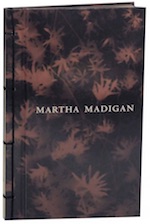
Martha Madigan, Vernal Equinox (2001), cover
The Michael Rosenfeld Gallery commissioned this essay for the catalogue accompanying the exhibition “Vernal Equinox: Martha Madigan, Recent Photograms,” which ran from May 9 through June 30, 2001. (Copies are still available through the gallery’s website.)
The British journal Ag: International Journal of Photographic Art & Practice republished this essay, accompanied by a portfolio of Madifgan’s images, in its Fall 2006 issue. It also appears online at Madigan’s website, where you’ll find an extensive selection of her works, biographical information, and much more. I thought that republishing it here would bring it — and her work — to the attention of some new readers, and commemorate her passing.
You’ll find Part 1 below. Click here for Part 2. — A.D.C.]
•
“Crossing the ocean of worldliness”:
The Solar Photograms of Martha Madigan
“The photograph as such and the object in itself share a common being, after the fashion of a fingerprint.” — André Bazin[1]
When I walk along the tree-lined streets of my neighborhood in autumn, I sometimes find that fallen leaves have left traces of themselves on the concrete sidewalks. Some combination of the chemistry of the leaves’ own decay, the action of sunlight, the components of the season’s air and rain, and perhaps even something in the composition of the sidewalk material has transferred their individual outlines to the cement, so that, after the leaves themselves have scattered, a pattern derived from their presence remains, like so many miniature shrouds of Turin encoding the physical emanations consequent to these little deaths. Depending on the subsequent weather, these indexical residues remain visible for days, even weeks, exact to scale on a one-to-one ratio and precisely descriptive of the shapes of their sources.
Unlike shadows, these silhouettes are fixed and static. Not just transient optical phenomena but physical vestiges of the leaves’ existence, they constitute hard evidence of a certain kind. Yet, unlike fossils, they exhibit no sculptural depth to verify the ancient three-dimensionality of the forms they once surrounded, forms that have since vanished as if by a natural version of the lost-wax process. Nor do they contain embedded within them any permanent, petrified transformation of that once-living matter. Rather, they appear as semi-permanent images of leaves, spontaneously and randomly produced by the action of chemistry and light. In short, they are photograms.
•
What exactly does that mean? The photogram, an image made without the use of a camera or lens, at its most basic level involves positioning objects or other physical material between light-sensitive surfaces and a light source, then making an exposure. The process was employed and first annotated in the spring of 1834 by one of photography’s inventors, William Henry Fox Talbot. Later in the nineteenth century, Anna Atkins and others used it to register botanical specimens and similar material in cyanotype.[2] Subsequently, in the early years of the twentieth century, Christian Schad, Man Ray, and László Moholy-Nagy rediscovered it and incorporated it into the toolkit of experimental photography. They used silver-gelatin materials and did their work in the darkroom, placing small, mostly inanimate objects directly on sheets of photographic paper or film.
Contemporary photographers have amplified the possibilities of this method in many ways. Photography since the 1960s has witnessed a steady expansion of the investigation and variegation of this process, so that the current cohort of those working with it includes such diverse practitioners as Jonathan Kline, Kunié Sugiura, Christopher Giglio, Susan Derges, Floris Neususs, Gottfried Jäger, and Adam Fuss, to name just a few.[3] In addition to a wide range of significant figures who’ve tried their hand at it (Robert Rauschenberg among them), many other picture-makers have explored it at length and in depth. Of those, one of the most assiduous and inventive — yet perhaps the least well-known — is Martha Madigan.
Madigan has worked almost exclusively with the photogram for the past three decades,[4] patiently building up an extensive, interconnected body of work that has evolved into one of the most coherent and durable considerations of the photogram in the medium’s history. The present series (her most recent), titled “Vernal Equinox,” has been produced with her version of a nineteenth-century process originally called “sun-printing” or “heliography,” a term originated by one of the medium’s pioneers, Joseph Nicéphore Niépce (1765-1833). Madigan herself uses the term solar photograms to describe these works.
A brief description of process: To begin with, Madigan has her human subjects — adults and children, primarily her own immediate family, occasionally the infants and children of neighbors and friends, once or twice herself, all usually unclothed — lie down outdoors on top of either single sheets or grids composed of multiple sheets of a type of light-sensitive material first devised in the nineteenth century. Called printing-out paper or P.O.P, it has an emulsion designed to respond to light much more slowly than that used for typical darkroom-based photographic printing. This paper is then exposed to sunlight for some minutes, during which time the areas of the paper around the figures become visibly darkened by the sun, thus allowing the artist to gauge the progression of the image and halt the exposure when she’s satisfied.
Subsequently (sometimes much later), the same sheets of paper, with the silhouettes of those figures now embedded in their emulsion, are re-exposed to sunlight, this time with leaves, flowers and other objects (mostly vegetal) positioned over the surface. In the resulting imagery, life-size human and plant forms coexist inextricably. But the leaves, vines, and grasses are not merely scattered randomly around and across the human figures; they are precisely placed, often carefully arranged within the outlines of the figures so that, in the finished image, they appears as if inlaid.
The now twice-exposed paper is then toned with gold chloride to “fix” or make the imagery permanent; this solution also has the effect on these one-of-a-kind images of shifting their color palette from the printing-out paper’s normal reddish-purple hues, producing instead a rich, complex sepia patina.[5] The resulting densely layered monoprints,[6] which range between 24×20 and 96×20 in size, have something of the quality of Kirlian photographs, those curious images in which the auras of living things are made visible.
•
Of all the myriad forms of photography, the photogram comes closest to the way many people originally understood photography upon its introduction to western culture in 1839: as an imaging system through which living things and inanimate objects generated their own self-portraits, with no interference resulting from human agency. We’ve since come to recognize that as untrue; all photographs, including photograms, manifest human intention, the mark of the mind. Yet the photogram eliminates from photographic rendering all the actions of the lens, an instrument that embodies and technologizes fixed-point perspective — which André Bazin described as “the original sin of Western painting.”[7] At the very least, then, no camera, no lens, and no physical distance stand between the subject matter of a photogram and the surface upon which it is registered.
Without all the interpretive decisions involved in lens-based description, the maker’s range of operations become far more restricted, the correlation between the subject and its depiction more direct. To an even greater extent than the daguerreotype, the photogram appears to accomplish what Louis Jacques Mandé Daguerre, inventor of that eponymous process, claimed to have devised — “not merely an instrument which serves to draw Nature … [but] a chemical and physical process which gives her the power to reproduce herself,”[8] while also serving the primary goal of William Henry Fox Talbot, inventor of the positive-negative process: “… to cause these natural images to imprint themselves durably, and remain fixed upon the paper!”[9]
•
Madigan came to photography out of a background in painting; and, although she has worked exclusively with photographic processes for almost three decades, she asserts, “I don’t think I’m a photographer that much.”[10] She recalls that she began working with the photogram process in 1972, during her undergraduate studies in art at the University of Wisconsin, Madison. According to Sara Beckner, “Madigan began making photograms … by bringing materials she collected outdoors into the darkroom. In time, however, it became more practical to move her work from the confines of the darkroom to the source of her subject matter. ‘For about eight or nine years I just directly photogrammed out in nature,’ she says, ‘and there was absolutely no planning except for an awareness of the relationship of light to the place where I was imaging. But you can’t go wrong in nature if you have an understanding of light.'”[11]
Her first resolved works in this form, two one-of-a-kind books of bound cyanotype photograms from 1977, produced during her graduate studies at the School of the Art Institute of Chicago, hint at where the work would go. One is Growth of Spring, a set of grassy landscapes;[12] the other, Rite of Passage, uses the recurrent symbol of a bathing suit to represent human skin.
She undertook her next major effort with the photogram on the east coast, after she and her family moved to Philadelphia in 1979[13] and discovered the city’s “beautiful, dramatic, amazing bridges.” In the years 1981-82 she undertook an ambitious attempt to render the entirety of both sides of the Falls Bridge, built in Fairmount Park to span the Schuylkill River in 1895. (This emerged organically from work she had done earlier in Chicago and Detroit, photogramming along the cyclone fences separating urban and suburban residential areas from freeways.)
The Falls Bridge venture involved mounting huge sheets of hand-sensitized cyanotype paper 52 inches high by 120 inches long on armatures that could be fastened to the bridge for up to twelve hours in the spring and summer months, so as to register the filigree of the bridge’s cast-iron railings melded with the foliage of trees on both banks. She found the arduous physical work manageable, but ran into an unexpected problem: the chemical exposure required to process cyanotype prints that size proved hazardous to her health.[14]
So, although she completed some 45-50 of these mural-sized photograms (which, with found objects and recorded sound from the location, she made into an installation[15]), she had to cut the project well short of her goal of achieving a comprehensive documentation of both sides of the bridge. Madigan still speaks of that with regret; clearly, she believes in finishing what she starts. …
(Part 1 I 2)
Notes
[1] “The Ontology of the Photographic Image,” reprinted in Trachtenberg, Alan, ed., Classic Essays on Photography (New Haven: Leete’s Island Books, 1980), p. 242. This essay originally dates from 1945.
[2] Cyanotype, a variant of the blueprint process used by architects, uses iron salts in place of silver salts to produce prints with a wide variety of shades of blue.
[3] For more on these artists, see my introduction to the catalogue for this is [not] a photograph (New York: Pamela Auchincloss/Arts Management, 2001), unpaginated.
[4] The two exceptions are the “Elements” commission from 1996, mentioned briefly in note 15, and her “Daily Portraits” series of images of her family, discussed later in this essay. Madigan has also made extensive camera studies of the landscape, often from the same vantage point over time.
[5] Madigan produces all her images by employing purely photographic means, though some involve the use of a camera while others do not. In a number of her works — as in another chapter of this project — she goes a step further, laying yet another layer of leaves and flowers down onto the composite photogram, but in this case photographing the combination in color and making limited-edition, exact-to-scale Type “R” prints using a Cruse graphic-arts camera, thus blending the lenless imagery with the lens-derived. The color palette of these images tends toward the autumnal. Properly installed, as I saw them at this gallery’s fall 1994 showing of the project, and glowing like stained-glass panels, these photographs turn the space they occupy into a chapel.
[6] The term “print” is a misnomer in relation to most photographic work on light-sensitive materials; I use it here merely for convenience’s sake. For further amplification, see my essay “Photography as Material Culture: A Primer for Collectors. Part IV: The Print — Limiting the Unlimited,” in Camera Arts, Vol. 4, no. 6 (December 2000-January 2001), pp. 58-60.
[7] Bazin, op. cit., p. 240.
[8] Louis Jacques Mandé Daguerre, “Daguerreotype,” reprinted in Trachtenberg, Alan, ed., Classic Essays on Photography (New Haven: Leete’s Island Books, 1980), p. 13. This essay dates from 1839.
[9] William Henry Fox Talbot, “A Brief Historical Sketch of the Invention of the Art,” reprinted in Trachtenberg, Alan, ed., Classic Essays on Photography (New Haven: Leete’s Island Books, 1980), p. 29. Emphasis in the original. This essay dates from 1844.
[10] Here and elsewhere in this essay, unless otherwise indicated, all quotes and paraphrases come from a telephone interview with the artist conducted on the evening of April 9, 2001.
[11] Sara Beckner, “Martha Madigan: Drawing With Light,” The Light Impressions Review, No. 18 (Summer 1986), p. 8.
[12] Some of these include hand-drawn lines representing grasses, the only intrusion of the manual mark into her work.
[13] She began teaching at the Tyler School of Art that year.
[14] The process involves the use of potassium ferricyanide, a toxic substance.
[15] At Notre Dame College in Baltimore, among other venues.
•

Special offer: If you want me to either continue pursuing a particular subject or give you a break and (for one post) write on a topic — my choice — other than the current main story, make a donation of $50 via the PayPal widget below, indicating your preference in a note accompanying your donation. I’ll credit you as that new post’s sponsor, and link to a website of your choosing.
And, as a bonus, I’ll send you a signed copy of my new book, poetic license / poetic justice — published under my full name, Allan Douglass Coleman, which I use for my creative writing.


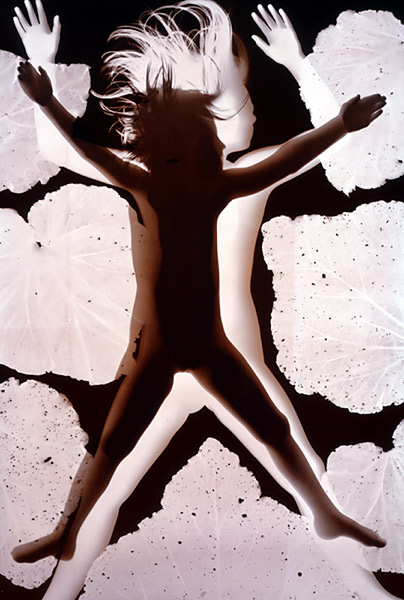
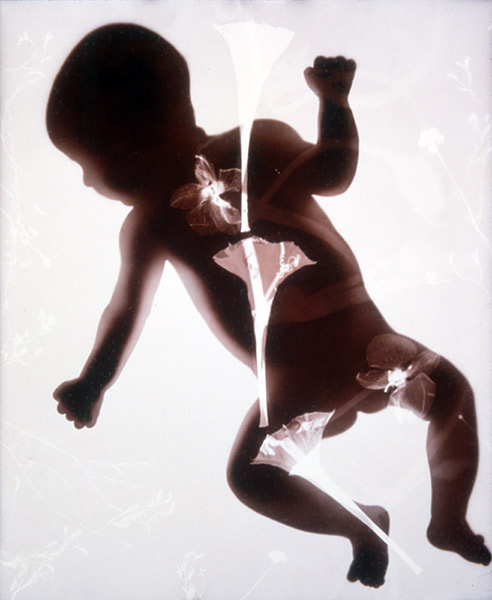

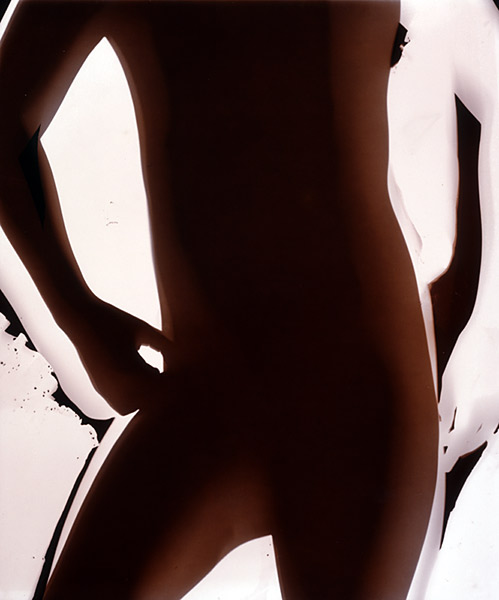
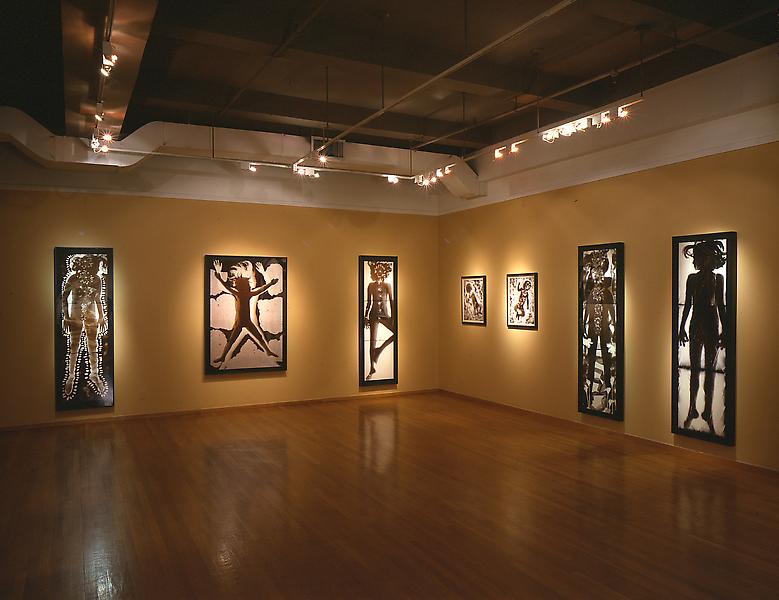




Leave a Comment